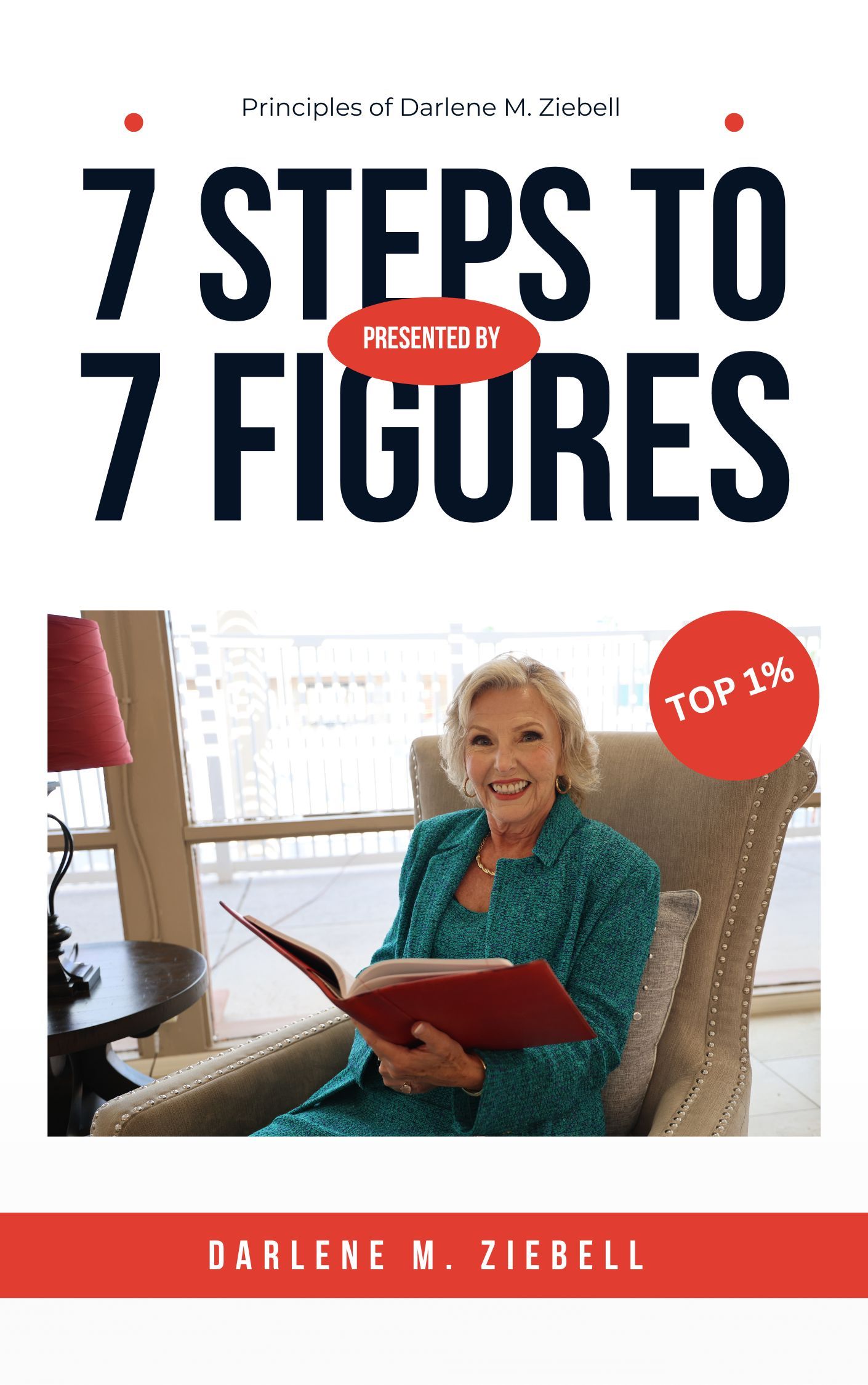Branding 101: Understanding the Power of Emotions in Consumer Decision-Making

In the vast and competitive marketplace of today, successful branding is more crucial than ever. It's not just about having a recognizable logo or catchy slogan; it's about understanding the emotions that drive consumer behavior. Whether your target audience is composed of individual consumers or businesses, every purchase decision ultimately boils down to one of three core emotions: the desire for the lowest price, the need for exceptional customer service (convenience), or the allure of product leadership.
The Pursuit of the Lowest Price
For many consumers and businesses alike, the quest for the lowest price is a driving force behind their purchasing decisions. This doesn't necessarily mean that they are seeking cheap or low-quality products and services; rather, they are looking for the best value for their money. Brands that excel in this area often focus on cost-effectiveness, offering competitive prices without compromising on quality.
In the realm of retail, giants like Walmart have built their entire business models around providing affordable goods to budget-conscious shoppers. Similarly, in the business-to-business (B2B) sector, companies like Costco Wholesale have gained prominence by offering bulk discounts and wholesale prices to businesses looking to save on expenses.
The Importance of Customer Service (Convenience)
In today's fast-paced world, where time is of the essence, convenience has become a key factor in purchasing decisions. Consumers and businesses alike are willing to pay a premium for products and services that offer convenience and exceptional customer service. This could include fast and hassle-free delivery, easy returns and exchanges, or responsive customer support.
Companies like Amazon have revolutionized the concept of convenience in online shopping with features like one-click ordering, same-day delivery, and hassle-free returns. Similarly, in the B2B sphere, companies like Salesforce have gained a competitive edge by providing intuitive and user-friendly software solutions coupled with top-notch customer support.
The Allure of Product Leadership
Finally, some consumers and businesses are drawn to products and services that stand out from the crowd due to their innovation, uniqueness, or superior quality. These are the brands that are perceived as leaders in their respective industries, offering something that no other competitor can replicate. Customers are willing to pay a premium for such offerings because they believe that they cannot get the same value elsewhere.
Apple is a prime example of a brand that has achieved product leadership through its innovative and cutting-edge technology. From the iPhone to the MacBook, Apple products are synonymous with quality, design, and performance, making them highly sought after by consumers and businesses alike. In the B2B sector, companies like Tesla have disrupted entire industries with their groundbreaking advancements in electric vehicles and renewable energy solutions.
The Role of Branding in Leveraging Emotions
Understanding these three core emotions—price sensitivity, convenience, and the desire for product leadership—is crucial for brands looking to succeed in today's competitive landscape. By aligning their branding strategies with these emotional drivers, companies can better connect with their target audiences and influence their purchasing decisions.
For brands focused on offering the lowest price, emphasizing affordability and value for money in their branding messages can help attract price-conscious consumers and businesses. Meanwhile, brands prioritizing convenience should highlight features that make their products or services easy to use, access, and engage with. Finally, brands aspiring for product leadership should showcase their innovation, quality, and uniqueness to set themselves apart from competitors.
However, in the pursuit of effective branding, businesses must recognize the importance of focus and specialization. Attempting to excel in all three emotional drivers simultaneously can dilute a brand's identity and weaken its competitive edge. Instead, successful brands understand that they must choose one primary emotional driver—whether it's price competitiveness, convenience, or product leadership—and align their branding efforts accordingly. By concentrating their resources, efforts, and messaging on delivering excellence in one specific area, businesses can carve out a distinct market position and establish themselves as leaders within their chosen domain. This focused approach not only enhances brand clarity and consistency but also fosters stronger emotional connections with target audiences, ultimately leading to sustained success and growth.
In conclusion, while there are various factors that influence consumer and business purchasing decisions, emotions play a central role in driving these choices. By understanding the emotional drivers behind customer behavior—whether it's the desire for the lowest price, the need for convenience, or the allure of product leadership—brands can tailor their strategies to better resonate with their target audiences and ultimately achieve success in the marketplace.
Written by Darlene M. Ziebell
Stay connected with news and updates!
Join our mailing list to receive the latest news and updates from my blog.
Don't worry, your information will not be shared.


